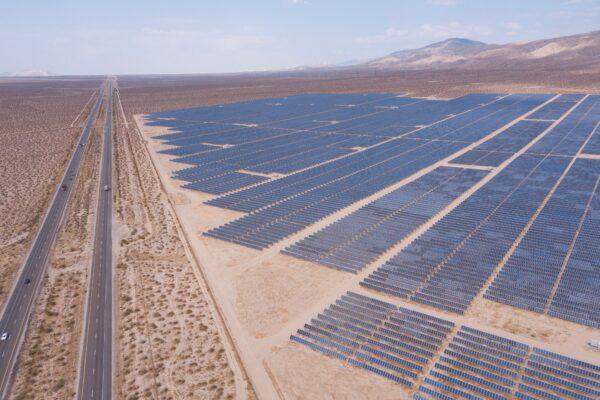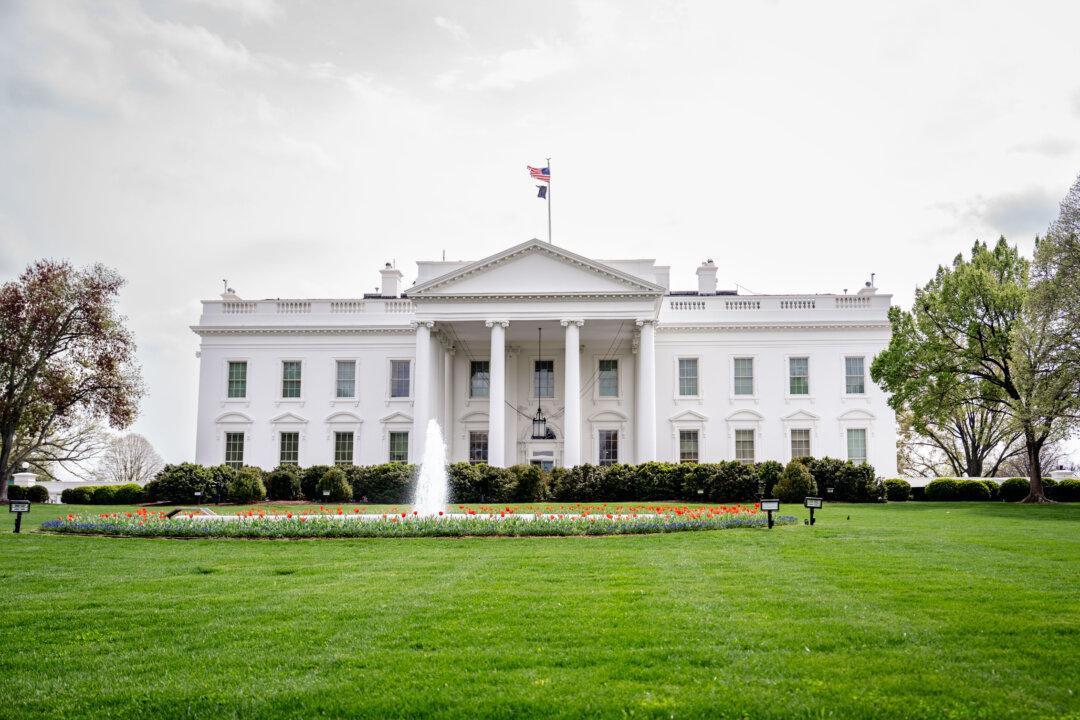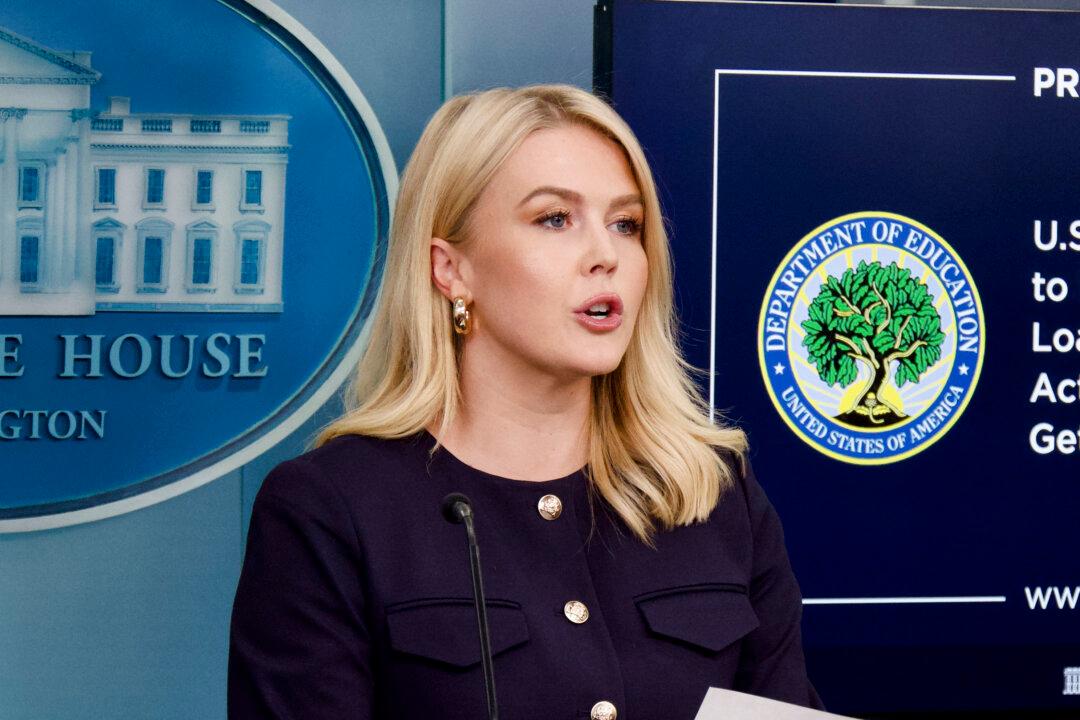A growing group of California residents and environmentalists say the transformation of the state’s deserts into a sea of solar panels to reach ambitious renewable energy goals is coming at a significant price to wildlife, nearby residents’ health, native lands, and even property values.
With 776 solar power plants producing approximately 17 percent of the state’s electricity, the Golden State is awash with the bright silver and blue panels dotting hundreds of thousands of acres.
Millions of panels have been installed east of Los Angeles in the Mojave Desert over the last five years, changing the look of the landscape in the process, and bringing with it a new set of challenges for nearby residents, experts say.
Dustin Mulvaney, a professor of environmental studies at San Jose State University, worries about the solar panels’ effect on public land, including damage to ecosystems and soil and high water demand.
“There is potential concern for groundwater depletion,” Mulvaney told The Epoch Times.

A state law enacted in 2014 that regulates groundwater usage and is designed to preserve water supplies doesn’t apply to public lands. That land is managed by the Bureau of Land Management, a federal agency under the Interior Department that oversees 245 million acres of land—15 million of which are located in California.
The bureau has prioritized 870,000 acres nationally for solar development, with more than 200,000 acres already sporting solar panels in California, according to its website.
However, since animals are being displaced and migratory patterns have been altered because of the increasing quantity of such solar farms. some advocacy groups have called for a halt to such expansion until guidelines can be put in place.
Birds have been observed mistaking the shiny blue panels for water, with catastrophic results, as the extreme heat from the reflective material can instantly incinerate them, according to experts.
Desert tortoises are being killed and displaced, while bighorn sheep and deer are restricted from accessing some areas by six-foot barbed wire fencing surrounding such solar farms. That has led to a loss of grazing habitat and restricted some creatures from navigating trails and accessing water sources, according to environmentalists.
Health Problems
Residents of the Lake Tamarisk Desert Resort, located halfway between Phoenix and Los Angeles in Desert Center, California, say the construction of such solar farms is a considerable nuisance, with some reporting health problems because of increased dust in the area.Patti Cockcroft says she’s been seeking medical attention since she developed a deep bronchial cough in March resulting from months of high winds and dust from a solar field near her desert home.
Tests are currently underway to determine whether she has valley fever—a potentially fatal illness—and doctors have told her the extreme conditions could have triggered a severe asthma attack.
“It’s not very enticing to think of going back to the desert,” Cockcroft said in an email sent to The Epoch Times.

Experts agree that issues related to construction-related soil removal and the resulting human exposure to dust particles are alarming.
“The real public health issue is valley fever,” San Jose State’s Mulvaney told The Epoch Times.
The Centers for Disease Control and Prevention in 2018 found an increased incidence of valley fever in solar farm construction workers, resulting from their work in dusty conditions where fungal spores in the soil become airborne.
After receiving reports of workplace injuries associated with valley fever, investigators discovered that solar farm workers in California were 4.4 to 210.6 times more likely to suffer from the illness than others working and living in the same counties.
Compounding Problems
A vehicle pileup near Los Angeles in 2013 that left six people injured was partially blamed on a solar project when a massive dust cloud forced the closure of the Antelope Valley Freeway.Efforts to mitigate dust by solar companies are compounding problems for some local communities, according to Teresa Pierce, another Lake Tamarisk resident.
According to Pierce, such companies drive diesel-powered water trucks, creating noise and dust pollution while draining aquifers that aren’t refilled regularly by nature.
“Their water trucks are going round and round our pumping station,” Pierce told The Epoch Times. “It’s been a dust bowl with constant construction noise.”
Prior attempts to communicate with the county, the Bureau of Land Management, and solar company representatives have been met with resistance, according to residents.
“They say they’re trying to work with the community, but no, they’re not,” Pierce told The Epoch Times. “They brought fake maps when they came and gave us a presentation.”

While requesting a moratorium on future solar farms within five miles of Lake Tamarisk, local advocates told lawmakers that their community is being turned into an “island in a dead solar sea.”
Property values in communities near solar farm installations have been affected, with once-desirable lots now becoming difficult to sell, according to residents.
Other communities say the solar farms are too close for comfort.
The projects around Lake Tamarisk have crept up on a community of about 500 residents, with some saying that panels are planned for installation just about 750 feet from homes they’ve lived in for decades.
Residents have reached out to every responsible party, from local representatives all the way up to President Joe Biden, with the only response coming from Sen. Alex Padilla (D-Calif.), who has agreed to meet for a discussion, according to documents provided to The Epoch Times.
Another issue complicating matters is the destruction of cultural resources on tribal lands.
The Mojave Desert and other areas where the installations are occurring are situated on native territory with historical value. The loss of artifacts, ancestral burial sites, and cultural landscapes is affecting tribal communities with limited resources to contest new development, according to a series of lawsuits over the past 12 years that seek to stop solar projects on tribal lands.
“The project is located ... in a region rich in cultural resources that have been used since time immemorial,” Colorado River Indian Tribe Councilwoman Amanda Barrera said in a statement released when the tribe sued Riverside County in 2014 to halt development. “These resources have remained intact for millennia, but now are threatened by ever-increasing pressure to develop ... utility-scale solar facilities.”
Tribal elders’ efforts to stop solar projects with litigation have failed, as federal judges have repeatedly upheld the government’s right to utilize the land.





